Bangladesh, a nation renowned for its rich cultural heritage and scenic beauty, also boasts an impressive array of street food that captivates the hearts and palates of locals and tourists alike. The bustling streets of Dhaka, Chittagong, Sylhet, and other major cities are lined with vendors offering delectable treats that reflect the country’s diverse culinary traditions. In this article, we delve into the vibrant world of Bangladeshi street food, exploring its history, popular dishes, and the unique flavors that define this gastronomic landscape.
The History and Evolution of Street Food in Bangladesh
Street food in Bangladesh has a long and storied history, deeply intertwined with the country’s cultural and social fabric. Traditionally, street vendors played a crucial role in urban areas, providing affordable and convenient meals to the working class. Over the years, these humble food stalls have evolved, offering an array of dishes that blend local ingredients with influences from neighboring regions and colonial history.
Influences and Inspirations
Bangladeshi street food draws inspiration from various culinary traditions, including Mughal, Persian, and British cuisines. The Mughal influence is particularly prominent, evident in the rich, aromatic spices and intricate cooking techniques used in many dishes. Additionally, the coastal geography of Bangladesh has contributed to a seafood-centric diet, with fish and shellfish featuring prominently in street food offerings.
Popular Street Food Dishes in Bangladesh
Fuchka (Pani Puri)
Fuchka, known as Pani Puri in other parts of the subcontinent, is a quintessential Bangladeshi street food. These hollow, crispy puris are filled with tangy tamarind water, spiced mashed potatoes, and chickpeas. The burst of flavors and textures makes Fuchka a favorite among locals and tourists alike.
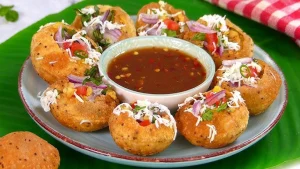
Chotpoti
Another beloved dish is Chotpoti, a savory mix of chickpeas, potatoes, and eggs, garnished with tamarind sauce, green chilies, and various spices. This dish is often served with a side of crispy puris, making it a hearty and satisfying snack.
Bhapa Pitha
During the winter months, Bhapa Pitha becomes a staple on the streets of Bangladesh. These steamed rice cakes, filled with jaggery and grated coconut, offer a delightful combination of sweetness and softness, providing comfort against the chilly weather.
Jhalmuri
A popular snack, Jhalmuri is a spicy puffed rice mix that includes mustard oil, green chilies, peanuts, and an assortment of spices. This quick and flavorful treat is often enjoyed during train journeys or as an evening snack.
Singara and Samosa
Singara and Samosa are deep-fried pastries stuffed with spiced potatoes, peas, and occasionally meat. These savory snacks are perfect for any time of the day and are often accompanied by a cup of hot tea.
The Unique Flavors and Ingredients
Spices and Aromatics
Bangladeshi street food is characterized by its bold use of spices and aromatics. Cumin, coriander, turmeric, and garam masala are commonly used, imparting a distinctive flavor profile to the dishes. Fresh herbs like cilantro and mint, along with green chilies and ginger, further enhance the taste and aroma.
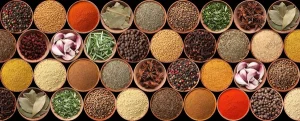
Fresh and Local Ingredients
Vendors place a high importance on using fresh, locally sourced ingredients in Bangladeshi street food in order to support the local economy and maintain the authenticity and quality of the food. Seasonal vegetables, locally caught fish, and freshly ground spices are essential components that add unique and vibrant flavors to the cuisine.
Street Food Culture and Experience
The Vibrant Street Food Scene
The street food scene in Bangladesh is a sensory delight. Street food vendors strategically position themselves in busy locations such as markets, schools, and tourist spots in order to attract a diverse range of customers with the enticing sounds, sights, and smells of their delicious offerings.
Social and Economic Impact
Street food plays a significant role in the social and economic landscape of Bangladesh. For many, it provides a source of livelihood, supporting countless families across the country. Additionally, street food fosters a sense of community, as people from all walks of life gather to enjoy their favorite dishes.
Hygiene and Safety Measures
In recent years, there has been a concerted effort to improve hygiene and safety standards among street food vendors. Initiatives by local authorities and non-governmental organizations aim to educate vendors on best practices, ensuring that the food is not only delicious but also safe to eat.
The Future of Street Food in Bangladesh
As Bangladesh continues to modernize, the street food industry is also evolving. There is a growing trend towards innovation and fusion, with traditional dishes being reinvented with contemporary twists. Moreover, the increasing popularity of food tourism is putting Bangladeshi street food on the global map, attracting food enthusiasts from around the world.
Sustainability and Innovation
Sustainability is becoming a key focus within the street food sector. Efforts are being made to reduce waste, use eco-friendly packaging, and source ingredients responsibly. Additionally, young entrepreneurs are bringing fresh ideas to the table, blending traditional recipes with modern culinary techniques to create exciting new dishes.
Conclusion
Street food in Bangladesh is more than just a means of sustenance; it is a celebration of the country’s rich culinary heritage and vibrant culture. From the tangy Fuchka to the sweet Bhapa Pitha, each dish tells a story of tradition, innovation, and community. As we enjoy these delicious treats, we are not only relishing in delightful flavors but also experiencing a connection with the essence of Bangladesh.
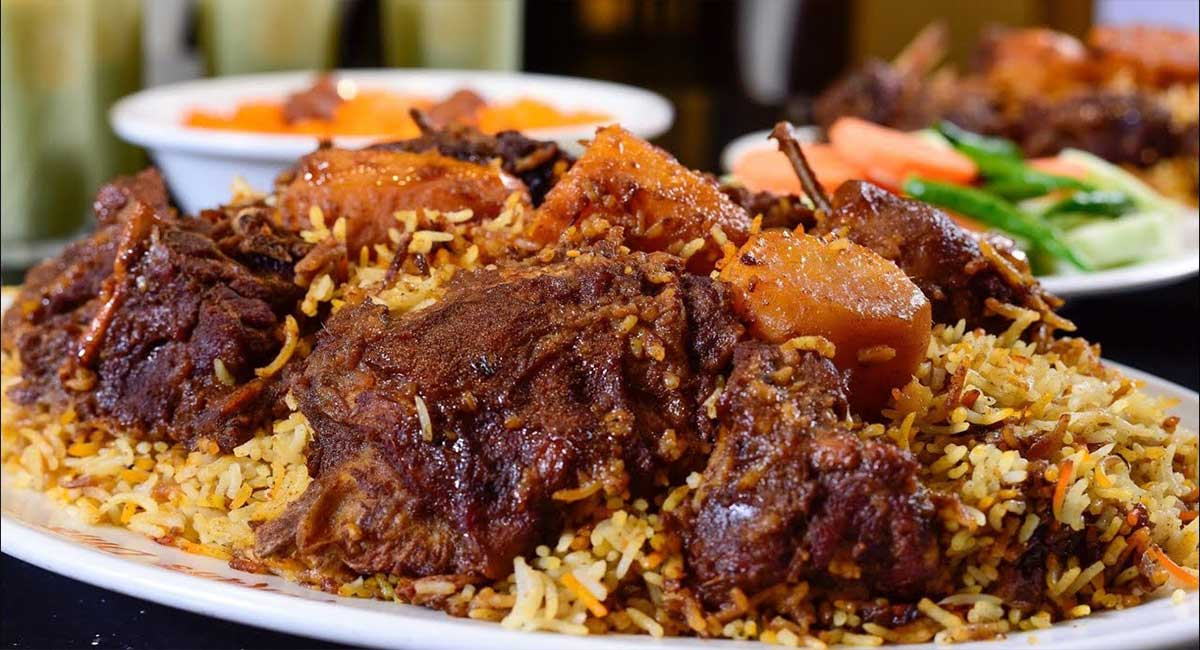
FAQs About Street Food in Bangladesh
1.What is street food in Bangladesh?
Street food in Bangladesh refers to a variety of ready-to-eat foods and beverages sold by vendors on the streets, in markets, and at other public places. These foods are often quick, affordable, and reflect the rich culinary traditions of the country.
2.What are some popular street foods in Bangladesh?
Some popular street foods in Bangladesh include Fuchka (Pani Puri), Chotpoti, Bhapa Pitha, Jhalmuri, Singara, and Samosa. These dishes vary from savory snacks to sweet treats and are enjoyed by people of all ages.
3.Is Bangladeshi street food safe to eat?
While many street food vendors in Bangladesh take care to maintain hygiene, it is advisable to choose stalls that are busy and have a good reputation. Recent efforts by local authorities aim to improve hygiene and safety standards among street vendors.
4.What ingredients are commonly used in Bangladeshi street food?
Common ingredients include a variety of spices , fresh herbs (like cilantro and mint), vegetables, chickpeas, potatoes, rice, and locally sourced fish. The use of mustard oil is also prominent in many dishes.
5.How much does street food cost in Bangladesh?
In Bangladesh, street food is usually inexpensive, with most items costing between 10 and 50 Bangladeshi Taka, which is equivalent to approximately 0.10 to 0.60 USD. This makes it an accessible option for most people.
6.What is the best time to enjoy street food in Bangladesh?
Bangladeshi street food offers a wide variety of options, from savory snacks like shingara and chotpoti to sweet treats like bhapa pitha and jilapi. Street food is also affordable and widely available, making it accessible to people from all walks of life.
7.Where can I find the best street food in Bangladesh?
Some of the best street food can be found in the bustling streets of Dhaka, Chittagong, and Sylhet. Popular areas include New Market, Gulshan, and Old Dhaka in the capital city. Local markets and festivals are also great places to explore a variety of street foods.
8.What makes Bangladeshi street food unique?
Bangladeshi street food is a culinary delight that is gaining recognition worldwide for its unique flavors and diverse offerings. It offers a sensory journey through the country’s culinary traditions, reflecting its history, geography, and communal spirit.
9.Can I find vegetarian street food options in Bangladesh?
Yes, there are plenty of vegetarian street food options in Bangladesh. Dishes like Fuchka, Chotpoti, Jhalmuri, Singara, and various types of Pitha are all vegetarian-friendly and widely available.
10.How has Bangladeshi street food evolved over time?
Bangladeshi street food represents a colorful mosaic of flavors, deeply rooted in the country’s rich cultural heritage. Staple ingredients like rice, fish, and lentils became integral to Bangladeshi street food, reflecting regional tastes and preferences. From humble beginnings to becoming a cultural symbol, street food continues to delight palates and showcase Bangladesh’s culinary diversity.


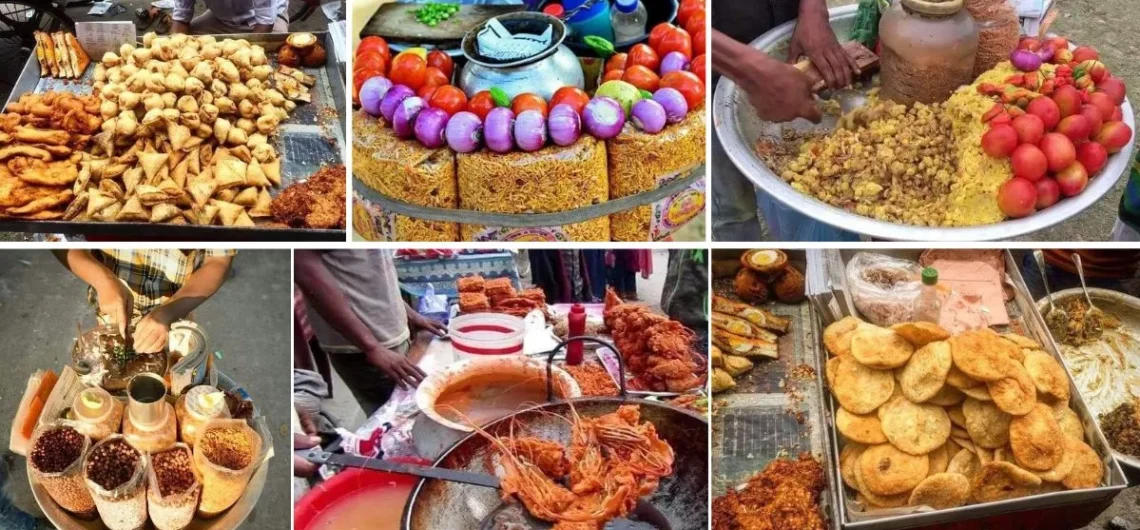
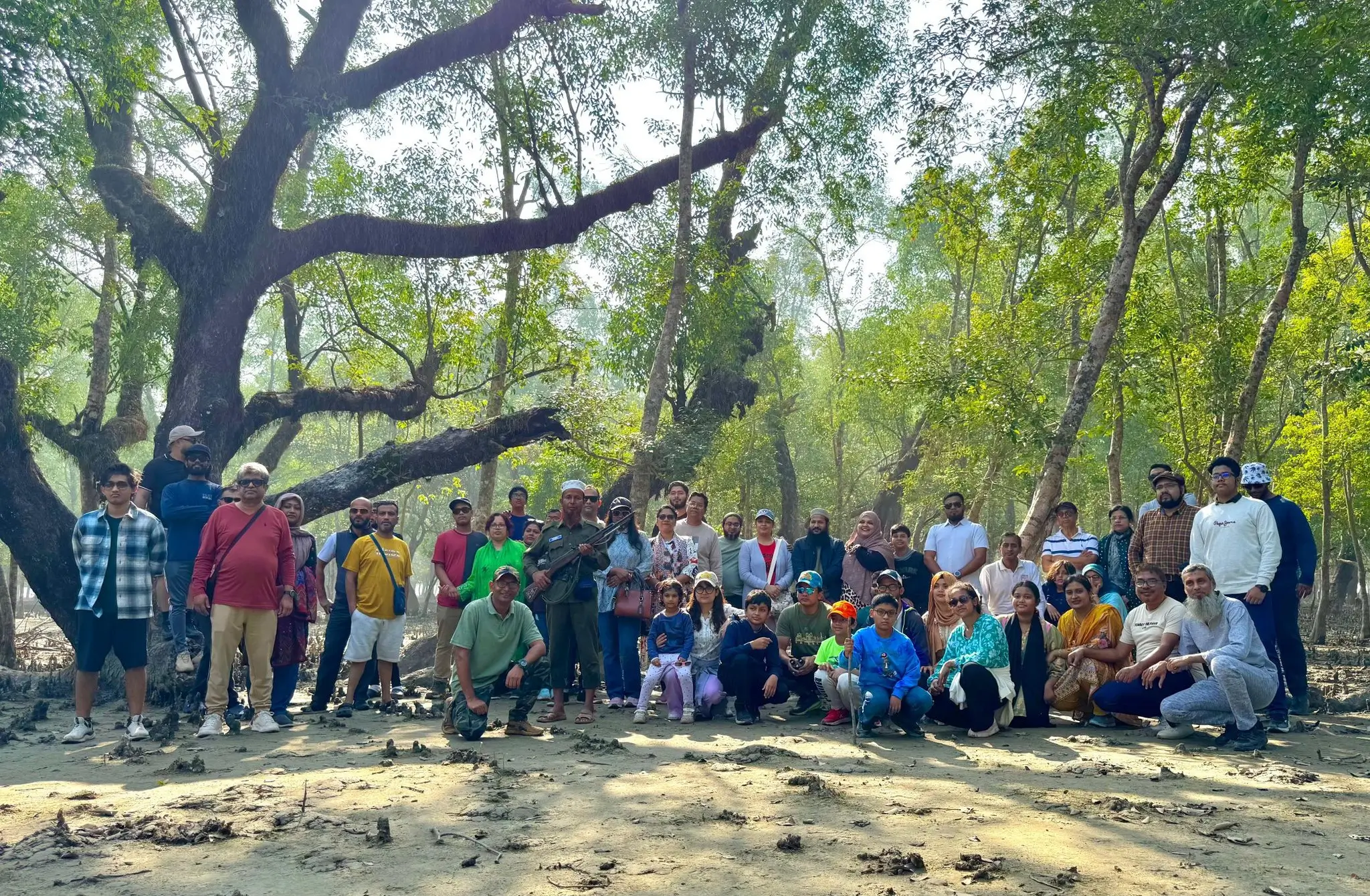
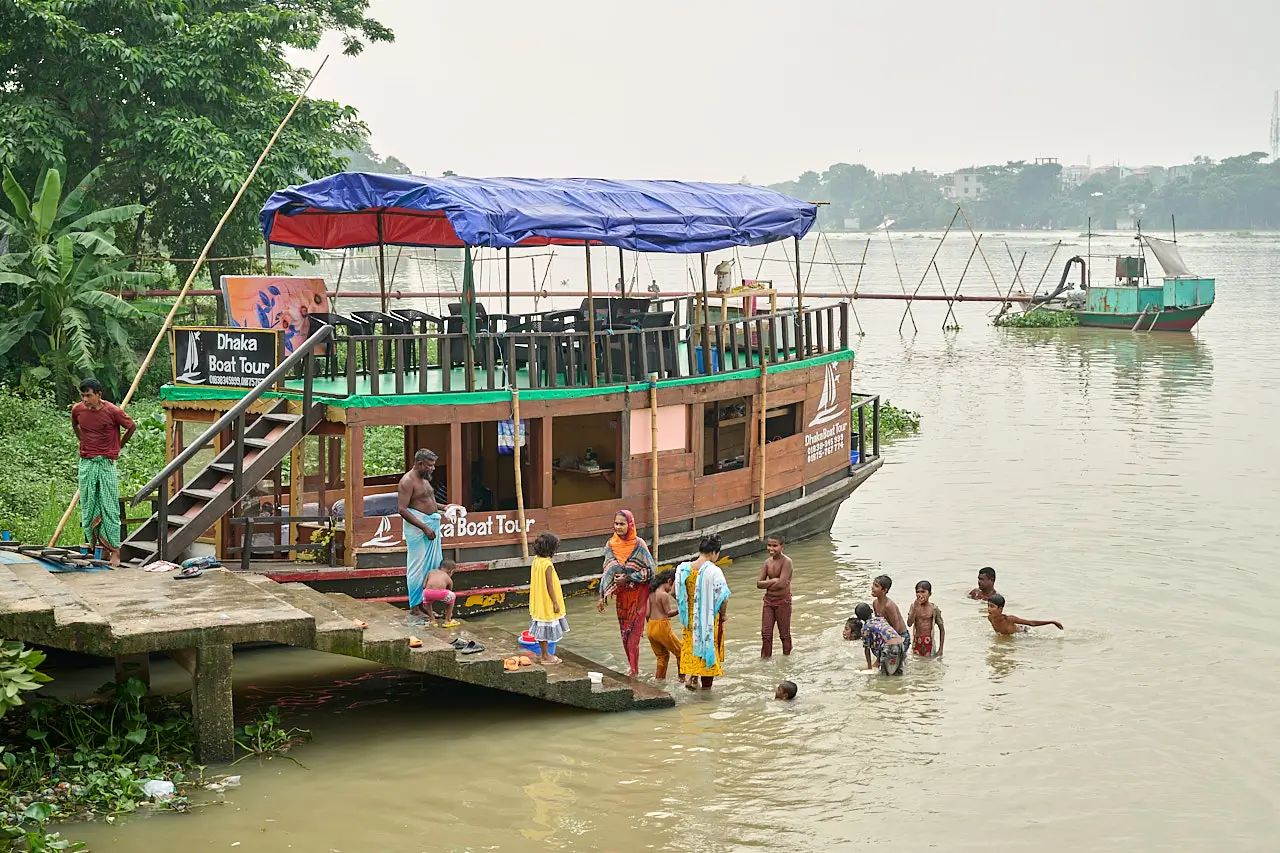






Comments